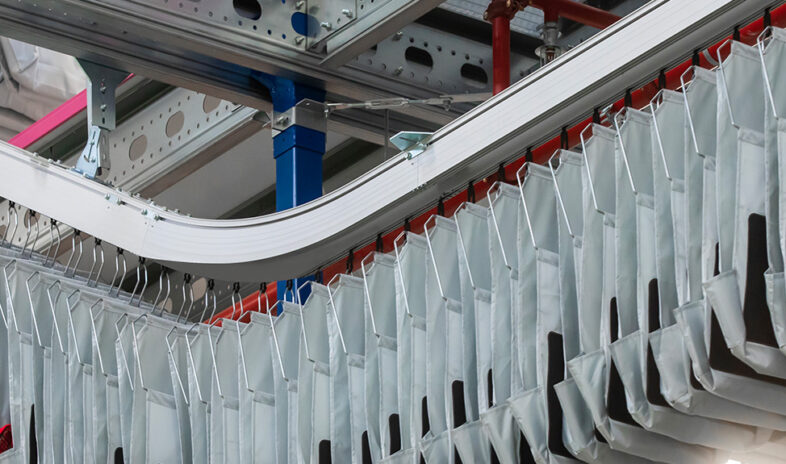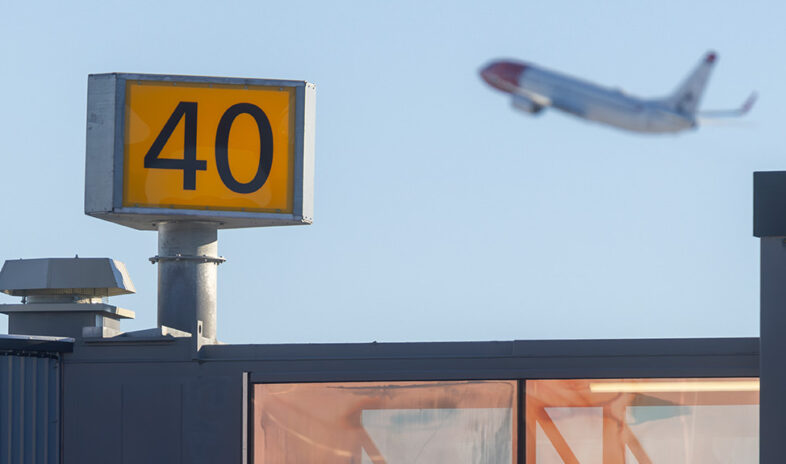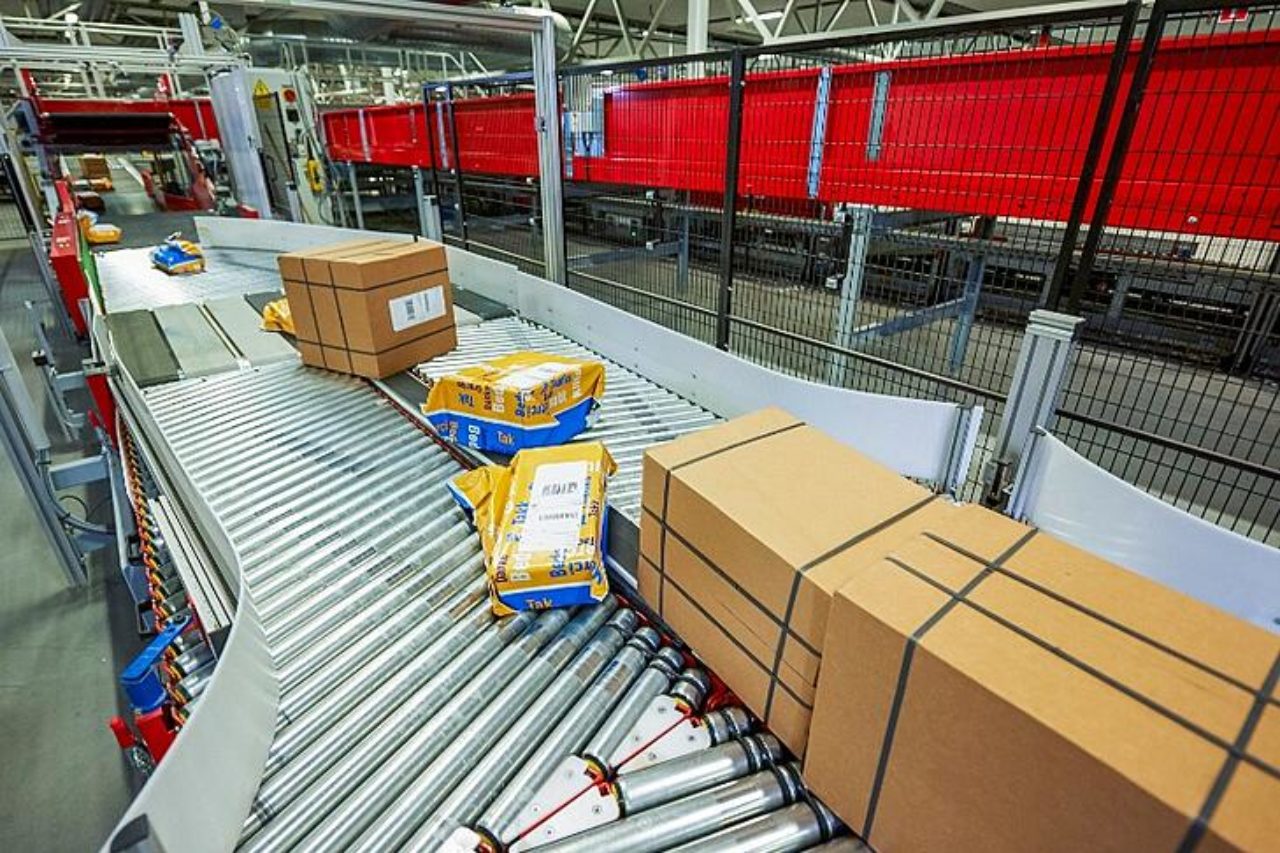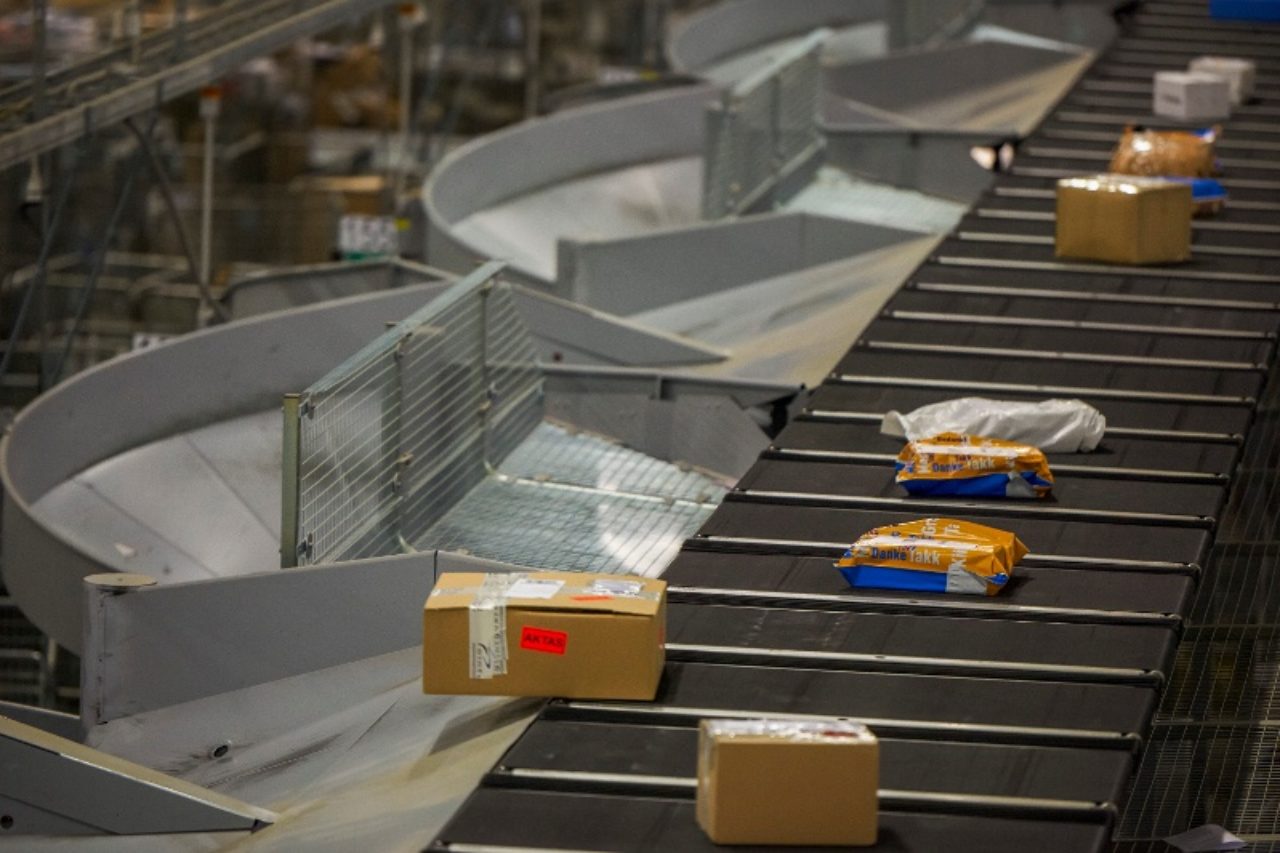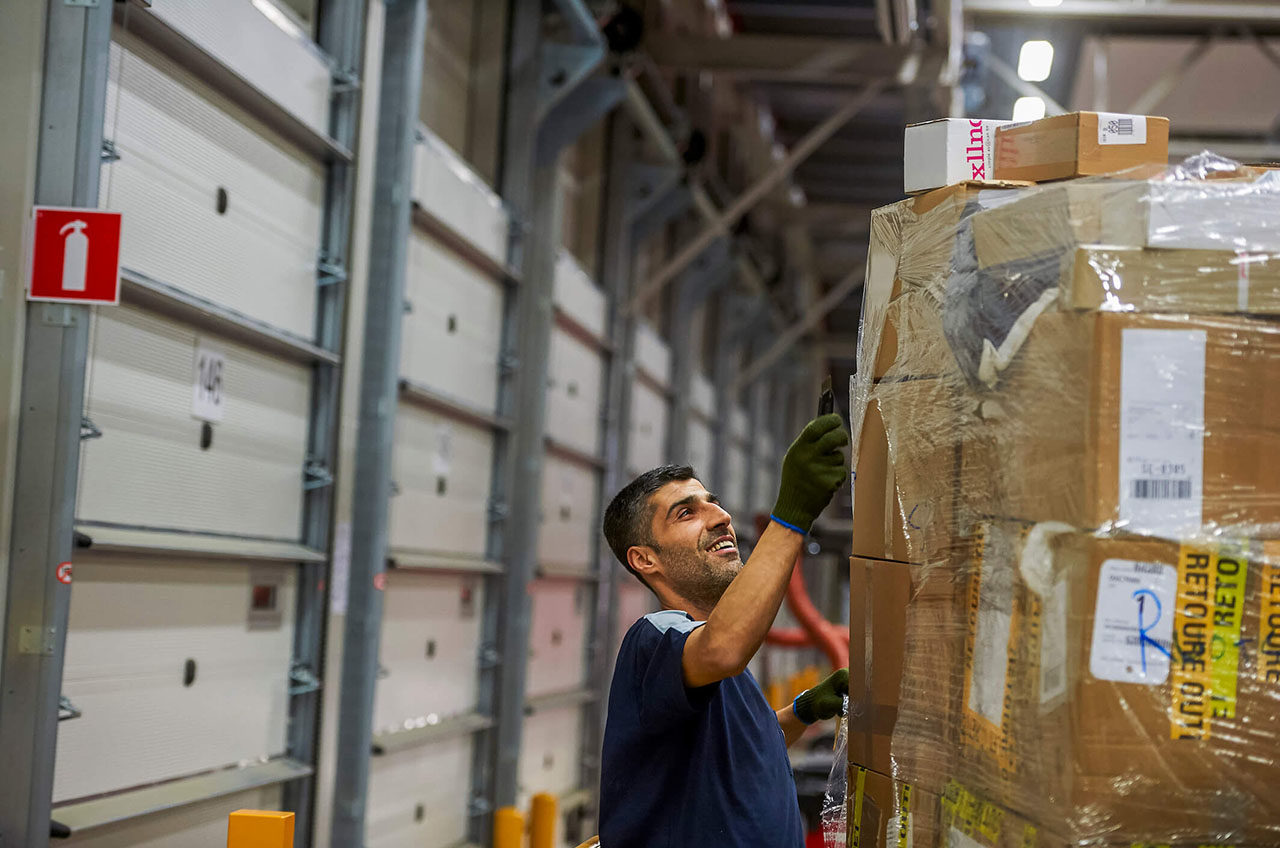A modern automated system can sort parcels to the van in the exact order the driver has to deliver them to addresses. Parcels are sorted according to the delivery sequence on the route. CEP companies that operate at a higher level in terms of route optimisation and sequencing will have a better chance of developing efficient routes.
In terms of opportunities for automation within sorting centres, there is much to be gained from having a higher degree of route sequencing within the system. Read how PostNord in Sweden optimised to become greener with high speed sortation.
3. Route optimisation helps hardworking drivers
Drivers have to navigate crowded cities with heavy traffic or traverse isolated rural areas. The constant increase in the number of packages delivered each day to widely-scattered addresses entails driving extra miles and making many stops.
Inefficiencies in travel routes are even worse outside of the major highways. Drivers delivering several parcels to places around a city have to use local roads. Local roads require drivers to go at lower average speeds, constantly brake and accelerate, and spend more time on the road—all of which leads to driver fatigue.
More than 60 percent of drivers reported that they were fatigued while driving, according to a report from the European Transport Workers’ Federation (ETF).
Older sortation systems sort the parcels according to the destination, leaving the driver to manually place the parcels according to the sequence he finds the most ideal inside the van. This is a manual and hugely time-consuming task for the driver. And, if the CEP operator offers rerouting of a parcel until a few hours before delivery, that puts even more weight on the driver.
Some drivers are finding the stress level too high and the compensation too low.
Route optimisation assesses routes and determines the best way to streamline deliveries. This saves time and money and reduces the workload for drivers. Drivers deliver to the correct address, on time and via the best route. They drive fewer miles, spend less time in traffic, and avoid failed deliveries.
4. Route sequencing increases delivery efficiency without increasing payload
Transport prices keep rising. Some businesses try to lower transportation costs by increasing the payload of their vehicles. Or even by cutting weight from their trucks by removing additional seats or doors. This may allow a truck to hold another box or two, but it won’t provide a significant increase in payload capacity.
There are some aftermarket modifications that can be made to trucks to increase their payload capacity. The problem is those modifications won’t lead to any meaningful change to their overall carrying capacity. Another option companies consider is to optimise packing processes—fitting more goods into boxes and putting more boxes on trucks.


